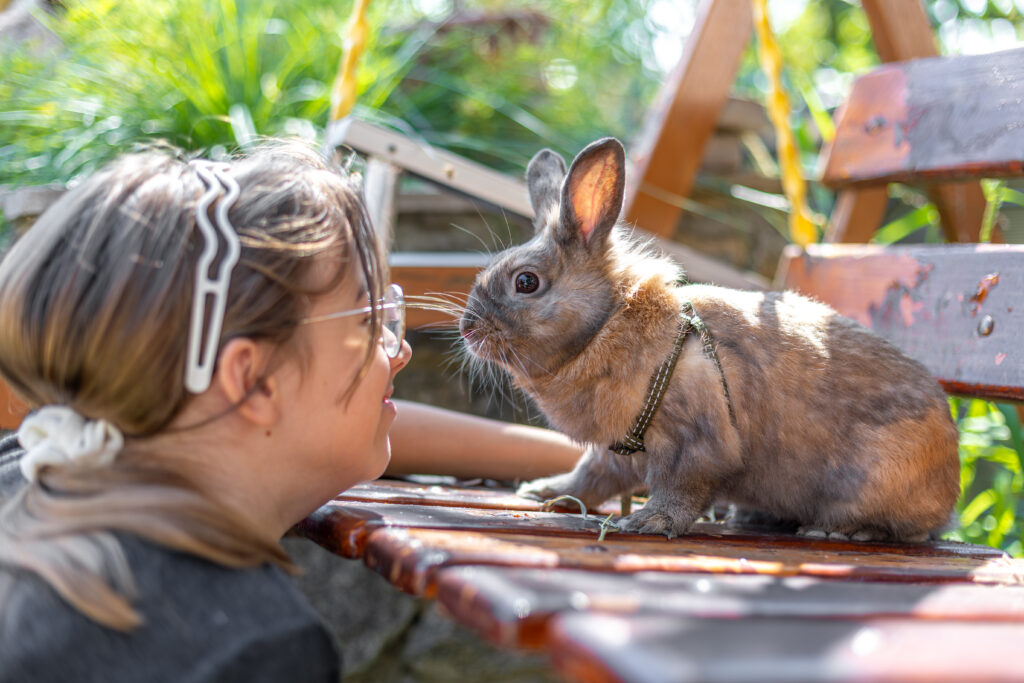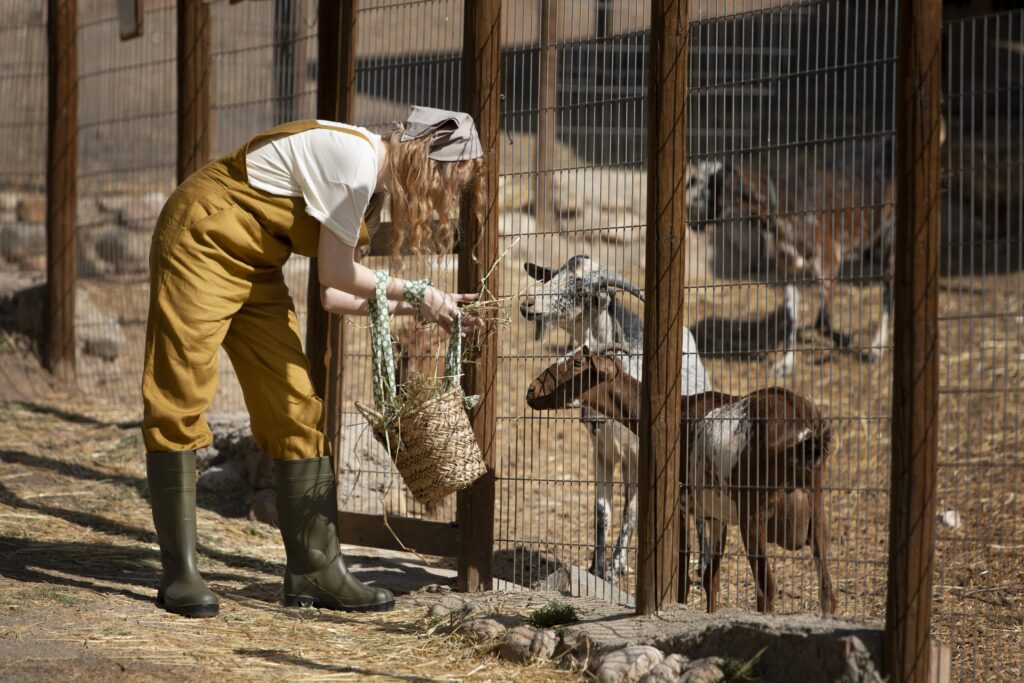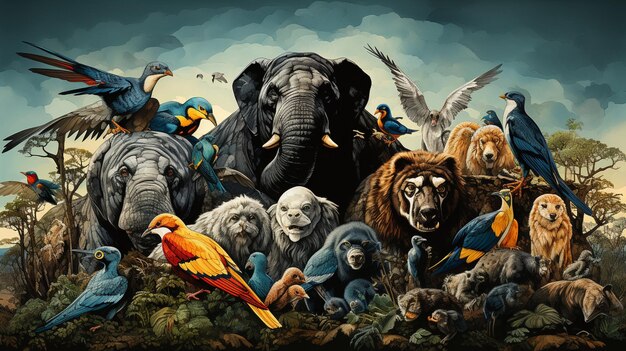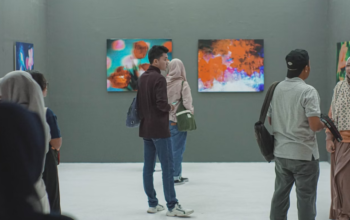Zoos have always fascinated people. They are places where we can see animals from different parts of the world up close. But the art of zoo goes beyond just looking at animals. It connects us to wildlife and helps us understand their importance in our world. In this article, we will explore what zoos are, their history, their role in conservation and education, and the ethical considerations surrounding them.
The History of Zoos
The idea of keeping animals in enclosures started thousands of years ago. In ancient Egypt and Mesopotamia, kings and queens kept exotic animals as symbols of power and wealth. These early zoos were mostly for entertainment. However, in the 18th and 19th centuries, the concept of zoos changed. They began to focus more on education and conservation rather than just entertainment. Modern zoos aim to teach visitors about animals and the environment, showing us the beauty and fragility of nature.
The Purpose of Zoos
Today, zoos serve multiple important purposes. One of their main goals is to connect people with nature. When visitors see animals up close, they often develop a deeper appreciation for wildlife. This connection can inspire individuals to care about the environment and take action to protect it.
Another crucial role of zoos is conservation. Many species are endangered or facing extinction due to habitat loss, poaching, and climate change. Zoos work to protect these animals through breeding programs. By raising animals in captivity, zoos can help ensure that endangered species survive for future generations. Some zoos even reintroduce these animals back into their natural habitats.
Education and Awareness


Education is a key focus for modern zoos. They offer various programs and activities that help visitors learn about animals and their habitats. Many zoos have interactive exhibits, guided tours, and workshops that engage people of all ages. These educational experiences teach visitors about biodiversity and the importance of protecting our environment.
For example, a visitor might learn about the role of bees in pollination and how their decline affects the ecosystem. Such knowledge encourages people to think critically about their actions and how they impact wildlife.
Conservation Efforts
Zoos play a significant role in wildlife conservation. They participate in research and collaborate with scientists to better understand animal behavior, genetics, and health. This research helps inform conservation strategies for both captive and wild populations.
Many zoos also support global conservation initiatives. They partner with organizations that work to protect habitats and reduce threats to endangered species. Through these efforts, zoos contribute to the broader goal of preserving biodiversity on our planet.
Ethical Considerations and Animal Welfare
Despite their benefits, zoos face ethical challenges. Critics argue that confining animals to enclosures can be harmful to their well-being. Animals in the wild roam vast areas, hunt for food, and interact freely with their environment. In contrast, zoo animals live in limited spaces, which can lead to stress and behavioral issues.
To address these concerns, modern zoos strive to prioritize animal welfare. They create naturalistic habitats that mimic the animals’ native environments. Enclosures are designed to provide enrichment, allowing animals to express natural behaviors. Zoos also provide proper veterinary care and monitoring to ensure that the animals are healthy and comfortable.
The Future of Zoos
As our understanding of animal welfare and conservation evolves, zoos must adapt to meet new challenges. The future of zoos lies in balancing conservation, education, and ethical practices. Innovative approaches, such as virtual reality experiences and immersive exhibits, can enhance visitor engagement. These advancements allow people to experience wildlife in new ways, fostering a stronger connection to nature.
Collaborative partnerships with conservation organizations will also play a crucial role. By working together, zoos can amplify their impact and contribute to global conservation efforts more effectively.
The Role of Zoos in Ecotourism

Zoos increasingly contribute to the growing field of ecotourism, which focuses on responsible travel to natural areas that conserves the environment and improves the well-being of local people. By promoting sustainable practices and educating visitors about wildlife conservation, zoos can attract tourists who are interested in more than just entertainment. These visitors often seek to learn about animal habitats and conservation efforts, thereby generating revenue that can be reinvested into wildlife protection initiatives. By fostering an appreciation for nature, zoos can play a significant role in promoting eco-friendly travel and supporting local communities.
Collaborations with Conservation Organizations
Many zoos collaborate with international conservation organizations to tackle pressing global challenges. These partnerships allow zoos to pool resources, share knowledge, and implement more effective conservation strategies. For instance, zoos may work with organizations focused on habitat preservation, anti-poaching efforts, or species recovery programs. By aligning their goals with those of global conservation entities, zoos can amplify their impact and contribute to broader initiatives aimed at safeguarding wildlife and ecosystems.
Innovations in Zoo Design
Modern zoos are evolving their designs to create more immersive and naturalistic environments for animals. These innovative designs prioritize the physical and psychological well-being of the animals, allowing them to exhibit natural behaviors. Enclosures are often designed to mimic the animals’ natural habitats, incorporating elements such as water features, climbing structures, and vegetation. This approach not only benefits the animals but also enhances the visitor experience, allowing people to feel a deeper connection to the wildlife they observe.
Community Conservation Initiatives
Zoos frequently engage in community conservation initiatives that empower local populations to protect wildlife and their habitats. By offering educational programs, resources, and support, zoos can help communities develop sustainable practices that benefit both people and animals. These initiatives may include wildlife monitoring projects, habitat restoration efforts, or community awareness campaigns about the importance of biodiversity. Such collaborations foster a sense of stewardship among local residents and create a more sustainable future for both wildlife and communities.
The Importance of Advocacy
In addition to their educational and conservation roles, zoos are important advocates for wildlife protection and environmental policies. By raising awareness about pressing issues such as habitat destruction, climate change, and wildlife trafficking, zoos can mobilize public support for conservation efforts. Many zoos participate in campaigns that promote legislation aimed at protecting endangered species and their habitats. This advocacy work is crucial for creating a legal framework that supports conservation efforts and helps ensure the survival of vulnerable species.
Engaging the Next Generation
Zoos have a unique opportunity to inspire the next generation of conservationists. By offering educational programs, internships, and volunteer opportunities, zoos can engage young people in wildlife conservation from an early age. These experiences can ignite a passion for nature and inspire future careers in environmental science, veterinary medicine, or wildlife management. By nurturing this interest, zoos help cultivate a generation that values and actively participates in conservation efforts.


Conclusion
The art of zoo is about more than just showcasing animals. It represents a deeper connection between humans and wildlife. Through education, conservation, and a commitment to ethical practices, zoos can inspire people to appreciate and protect the natural world. As we move forward, zoos must continue to evolve, ensuring they remain relevant in our changing society. By fostering a love for animals and a sense of responsibility toward the environment, zoos can serve as powerful catalysts for positive change in our relationship with the planet we share.
Sure! Here are five FAQs related to the topic of zoos:
FAQs
1. What is the main purpose of zoos?
Zoos primarily aim to connect people with animals and nature, educate the public about wildlife conservation, and support the preservation of endangered species through breeding and research programs.
2. How do zoos contribute to conservation?
Zoos contribute to conservation by housing endangered species, participating in captive breeding programs, and conducting research that informs conservation efforts both in captivity and in the wild.
3. Are modern zoos focused on animal welfare?
Yes, modern zoos prioritize animal welfare by creating naturalistic habitats, providing enrichment activities, and ensuring proper veterinary care to promote the physical and mental well-being of their animals.
4. What educational opportunities do zoos offer?
Zoos offer a range of educational programs, including guided tours, interactive exhibits, workshops, and presentations that help visitors learn about animal behavior, habitats, and conservation issues.
5. How can individuals support their local zoo and conservation efforts?
Individuals can support local zoos by visiting, participating in educational programs, donating, and advocating for wildlife conservation initiatives both locally and globally.




